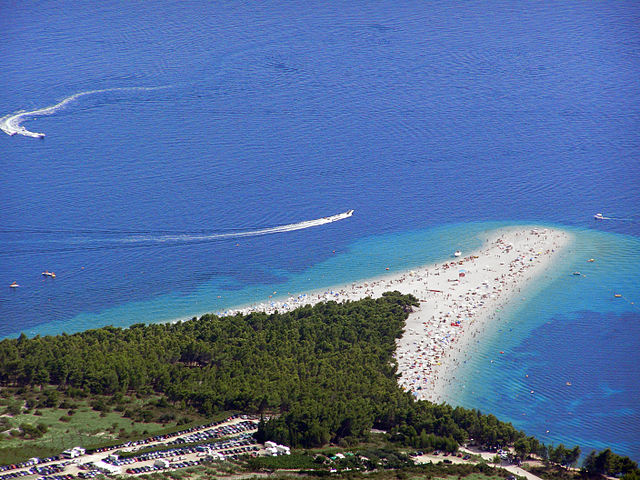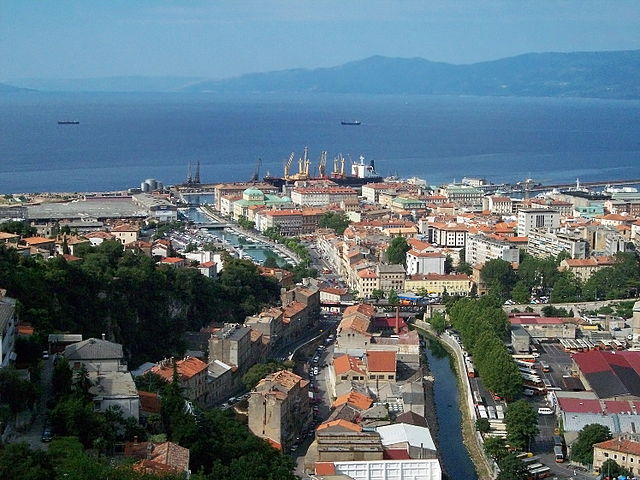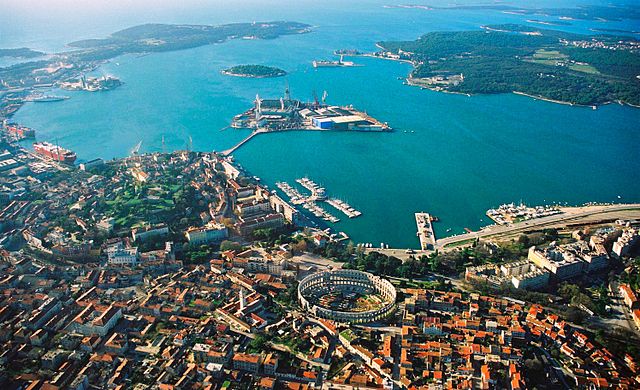
Croatia
Croatia’s 352 mile Dalmatian Coast has 301 pristine islands, world class yachting, stunning beaches, aquamarine waters and charming people! Croatia has seven incredible World Heritage Sites. Croatia has been one of Europe’s favorite vacation spots for centuries.
Croatia a very beautiful coastline, pleasant weather in the summer, and is a wonderful place to enjoy an extended vacation with your family, or to have a delightful honeymoon on one of the hundreds of lovely islands.
The magnificent city Dubrovnik is one of Croatia’s best tourist areas, and one of only three European cities ranked as a World Heritage Site of zero category by UNESCO in 1977.
Croatia is actually home to seven UNESCO World Heritage Sites and 14 UNESCO Intangible Cultural Phenomena. The UNESCO Intangible Cultural Heritage List is made up of intangible heritage elements that are in need of urgent safeguarding (e.g., Mediterranean diet, Klapa (multipart singing of Dalmatia), Becarac singing and playing from Eastern Croatia, Nijemo Kolo dance, Ojkanje singing, Gingerbread craft, Sinjska alka, Procession on the Island of Hvar, etc.)
The Plitvice Lakes National Park. This is Croatia’s best known national park. The main attractions of this park, unique in the world, are the 16 beautiful lakes connected by cascading waterfalls created by the sedimentation of travertine, a special type of limestone.
The Historical Complex of Split with the Palace of Diocletian. The Emperor Diocletian’s Palace, built between the late 3rd and the early 4th centuries A.D., is one of the most significant works of late-ancient architecture, not just for the preservation of complete original parts, but also for a series of original architectural forms announcing the new early-Christian, Byzantine and early-medieval art.
The Historical City of Trogir is an excellent example of urban continuity. The orthogonal street plan of this island settlement originates from the Hellenic era. A series of rulers continued to decorate it with exceptional public and residential buildings and forts from the Greek to the Renaissance, Baroque and the Venetian periods.
The Episcopal Complex of the Euphrasian Basilica, Porec. The cathedral complex in Poreč was named Euphrasius Basilica after Bishop Euphrasius who thoroughly renovated the cathedral in the mid-6th century and decorated it with famous mosaics. Before the renovation, there were at least two phases of early-Christian buildings in the same place.
The Cathedral of St. Jacob’s, Sibenik. Built between 1431 and 1535, St. Jacob’s Cathedral witnessed important exchanges in the area of monumental art between North Italy, Dalmatia and Tuscany in the 15th and 16th centuries as well as influences from three architects – Francesco di Giacomo, George of Dalmatia and Nicholas of Florence.
From the shores of the Adriatic Sea to the top of Dinara, the highest peak in the country, through swamps in Posavina filled with wildlife or the Mediterranean richness of the forests in Mljet, Croatia’s natural beauty never ends.
Plitvice Lakes National Park
Ten percent of the country is protected due to its natural beauty, so dive into one of the best ecologically-preserved parts of Europe. Croatia has eight national parks and eleven nature parks, among which rest the Plitvice Lakes, recognized by UNESCO.
Its sea is the purest in Europe according to the European Commission and some of its beaches are considered the most beautiful locations in the world. Croatia has a wide variety of beaches like Banje in the city of Dubrovnik, to those off the beaten track like Korcula Island, sandy Lastovo or pebbly Brela. One can relax on Vis Island or party in Pag. The majority of the beaches have blue-flag status, guaranteeing exceptional water quality, safety and services.
The Brijuni islands, located between Pula and Rovinj, form a wildlife reserve. You’ll enjoy the chance to get up close to animals from all over the world, such as llamas, zebras, even an elephant, and indigenous species like Istrian cattle, Istrian sheep and donkeys.Hvar’s Stari Grad Plain, Hvar. In July of 2008, Starigrad Plain was added to the UNESCO World Heritage List. The explanation provided by this world organization states that the vineyards and olive groves in the Plain have been well preserved and remained practically intact since it was first colonized by the ancient Greeks in 4th century A.D.
There are so many awesome places to visit in Croatia, unless you plan to spend a month, you should call us. We’ll listen to you and help arrange a vacation perfectly suited to you by our renowned Virtuoso Travel Advisors.







